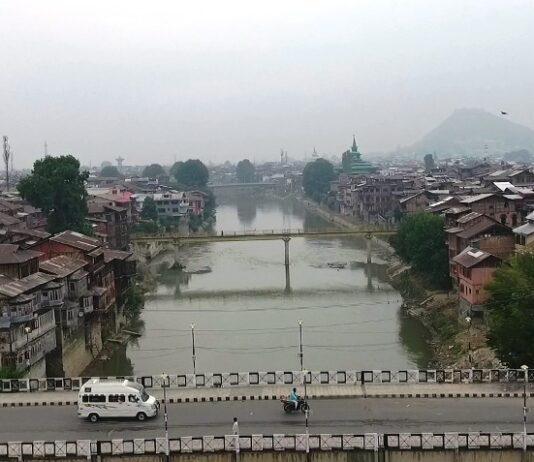Among the many mass movements that have emerged in Kashmir only a few have not been brushed under the carpets of oblivion. These movements against the oppression meted out to the people of this Himalayan region have not remained etched in the people’s memory but have served as guiding light to resistance. One such event is the ‘1985 Shalbaf Movement’ that led to the killing of 28 shawl weavers in the historic Old City of Srinagar.
 Five Facts About Shalbaf Movement
Five Facts About Shalbaf Movement
1: In 1865 nearly 125 thousand people were involved in the shawl industry of the Kashmir. All these people included the weavers, washer men, skilled laborers. The Shalbaf or shawl weavers industry in Kashmir was the one among the major economy of the City people. Annually the industry generated INR 50 lakhs. Majority of the city relied or were involved in craft industry. With the progress in export economy it was expected shawls of Kashmir would generate 254 thousand British Pounds that would be exported. But on contrary, the craftsmen condition was getting worse as most of them had to pay back-breaking tax. According to historic records, a shawl-weaver would early only Rs 5 to 7 every month even after works 16-18 per day. It was this heavy fine that craftsmen couldn’t resist.
2: 28 shawl-weavers were killed when the bridge collapsed by the actions of Dogra army in Old City’s Zaldagar area. All of these craftsmen or shalbafs drowned in the nearby Kuti Kol (stream). As per the historical records, the protests by the weavers were held outside the house of Pandit Raj Kak Dhar, the Kashmiri Pandit official who headed the Dagh Shawl Department, in the city’s Zaldgar locality. Records reveal that Dhar had given misinformation to the Dogra army that he was being attacked. As the protesters reached Zaldgar, the Dogra troops led by Colonel Bijoy Singh rounded off the demonstrators and asked them to disperse. When the unarmed protesters refused to accept the orders, the troops fired at them and later charged them with spears. Scores of protesters jumped off the Haji Rather Sum Bridge at Zaldgar, in the hope they would hide in the marsh underneath, but at least 28 bodies were recovered from the river, and over 100 sustained wounds.
3: Shalbaf Movement is considered to be the first of such revolts in Kashmir against the exploitative work system of the Dogra rule. The uprising is generally ignored even by traders group and hasn’t received enough recognition among others unlike the similar political agitation of 1931.
4: The Movement is a big incident considering its context that it happened much before what is the historical 1886’s “May Day”.
5: Since 1885, no enquiry was ever constituted or any memorial was formed in the name of the martyrs. Also, no charge sheets were produced in any court in Kashmir during or after the Zaldagar killings.

